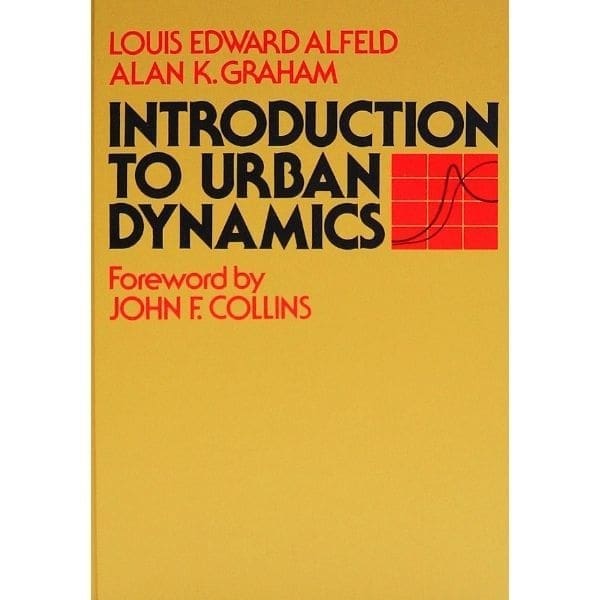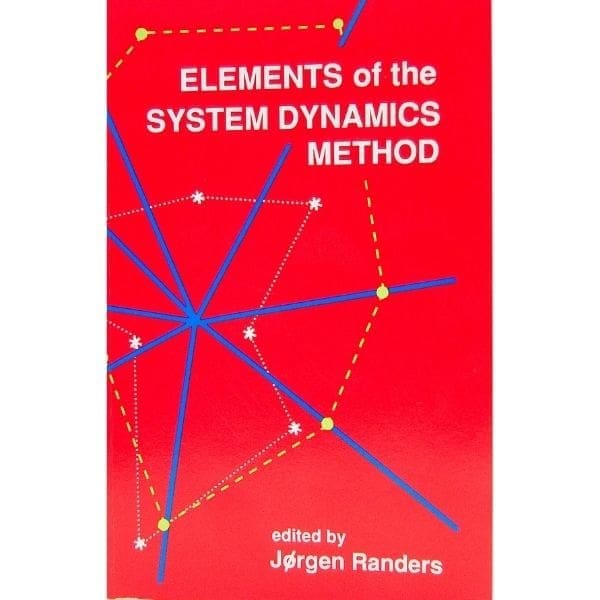Description
Author: Dennis L. Meadows
Synopsis:
Why do price and production of commodities fluctuate? Is the cyclical behavior unique to each commodity or is it due to a common structure underlying all commodities? Can the influence of a new policy or institutional arrangement on the stability of commodity markets be predicted?
Dynamics of Commodity Production Cycles addresses such questions. Economists, managers, investors, and government officials should benefit from this new theory of the structure and dynamics of commodity systems. Professor Meadows finds the classical Cobweb Theorem and its modifications inadequate representations of dynamic relationships in actual commodity systems. Employing the industrial dynamics methodology, he develops a general dynamic model of the economic, biological, technological, and psychological factors which lead to the instability of commodity systems. To verify the model and to show how the general theory applies to a specific commodity, the author reviews the literature on pork production in the United States. Values appropriate to the production and consumption of pork are obtained tor each parameter in the general model. The dynamic behavior of the resulting hog cycle model is similar to the observed four-year cycle. With appropriate managerial and biological coefficients, the model also yields the typical cattle and chicken cycles. Although animal commodities are used as examples, the general model is applicable to mineral and vegetable commodities as well. The general dynamic model of commodity production cycles is especially useful for computer simulation. It permits experiments to test alternative policies and structural changes and their effect on the stability of a commodity system. The results of several such experiments present surprising implications for stabilization policies. The work is discussed which must precede the design of policies and institutions for commodity stabilization. Published 1970.




